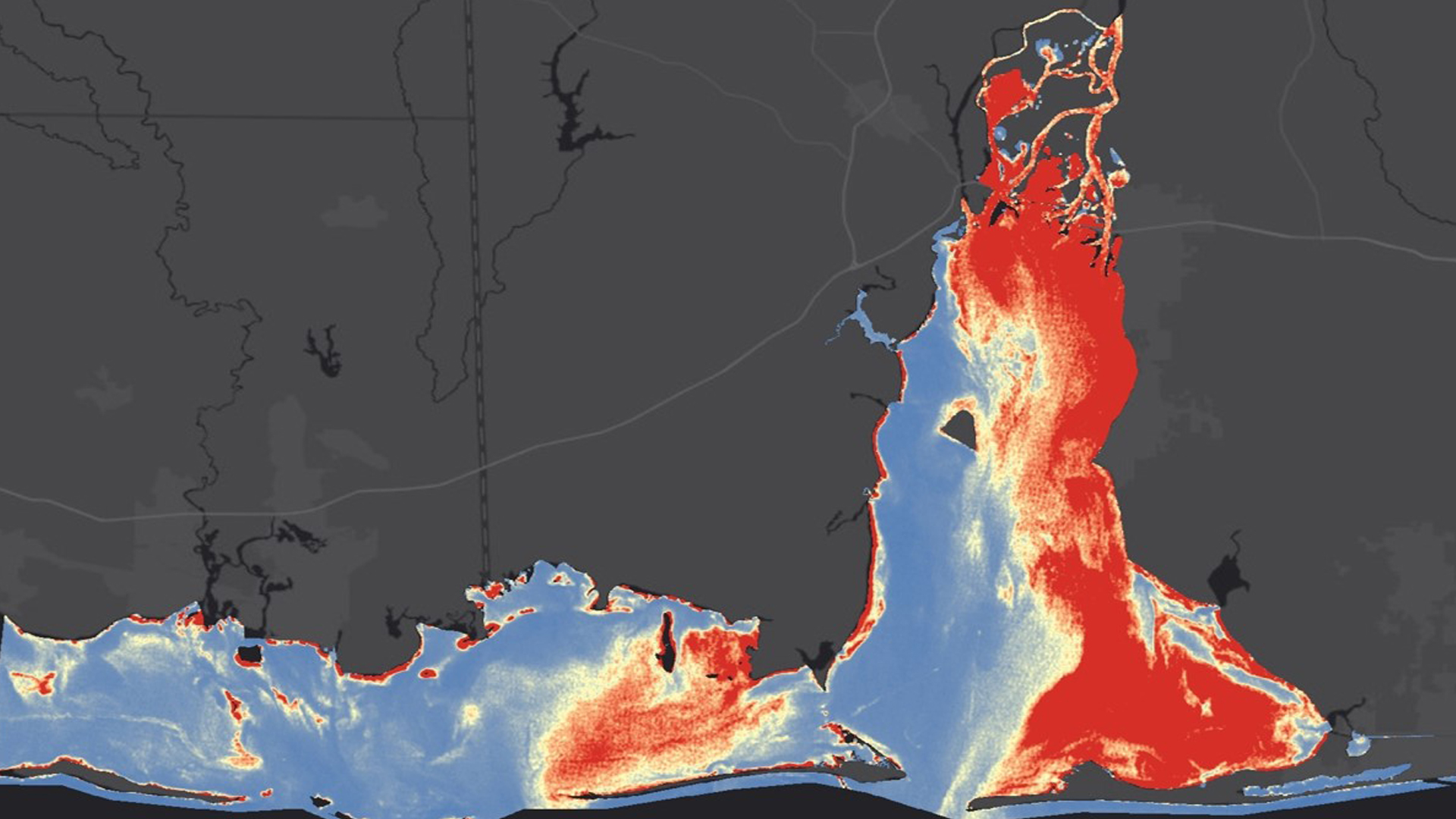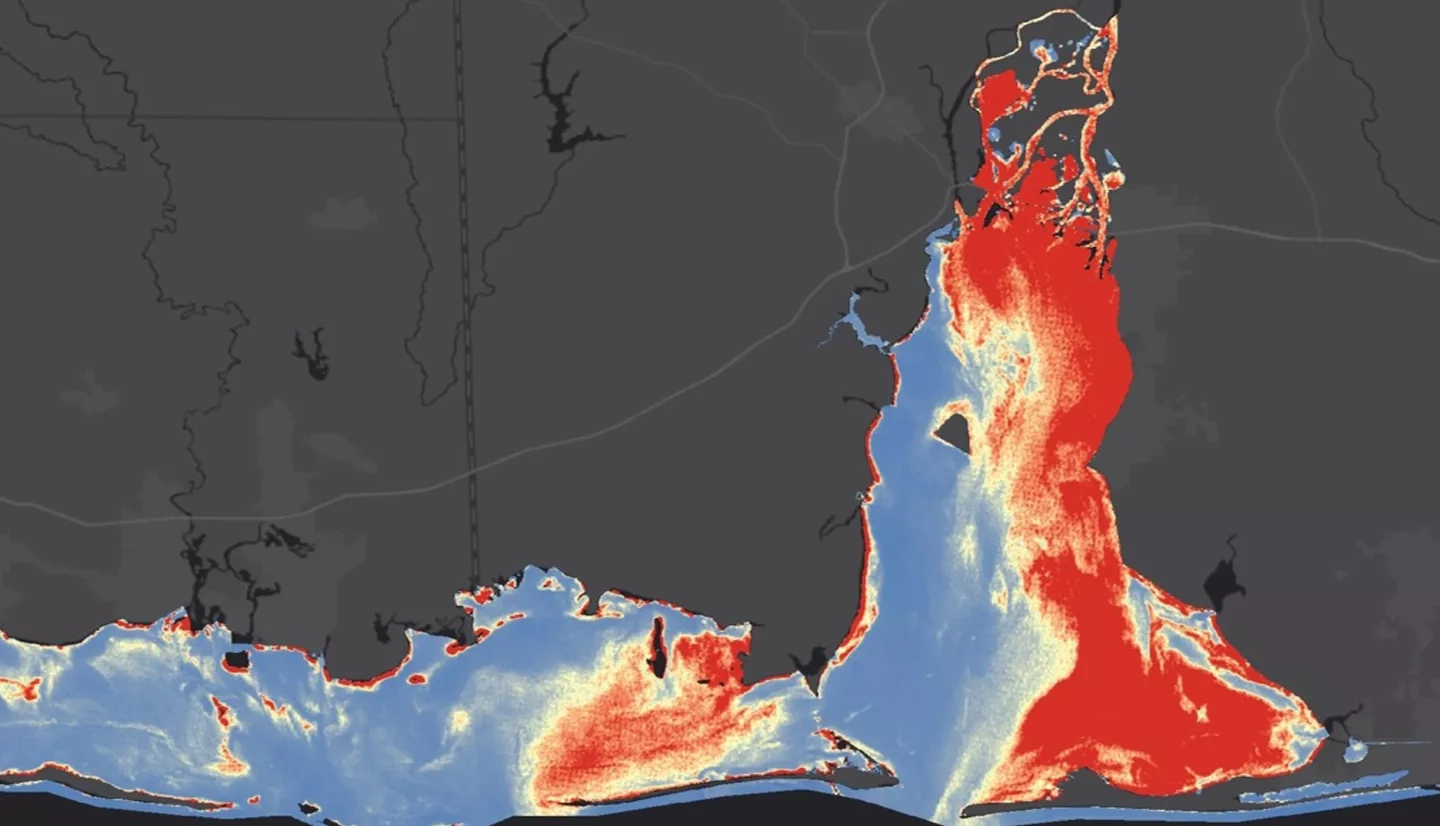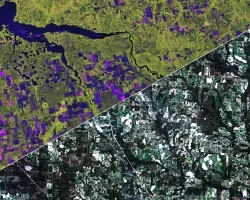
The Mobile Bay and Mississippi Sound region comprise the majority of the coastal estuaries along the Alabama and Mississippi Gulf Coast. These bodies of water provide the salinity conditions needed to sustain diverse wildlife species and coastal habitats. Changes in water quality parameters directly impact native species, specifically the Eastern oyster (Crassostrea virginia). The project observed water quality by creating a time series analysis of turbidity, salinity, and sea surface temperature in the Mobile Bay and Mississippi Sound from September 2003 to May 2007. The Aqua Moderate Resolution Imaging Spectroradiometer (MODIS) Ocean Color and Sea Surface Temperature (SST) products were used to measure salinity and SST values. Landsat 5 Thematic Mapper (TM) Surface Reflectance data were used to retrieve turbidity. The end results along with the end products from the Summer 2017 project were used to create a qualitative water quality approximation. This will provide project partners with additional resources for use in fisheries management and enhance marine habitat suitability restoration throughout the region.



